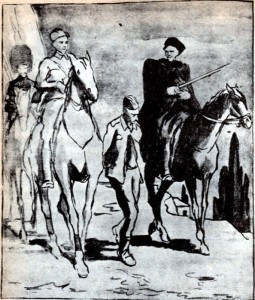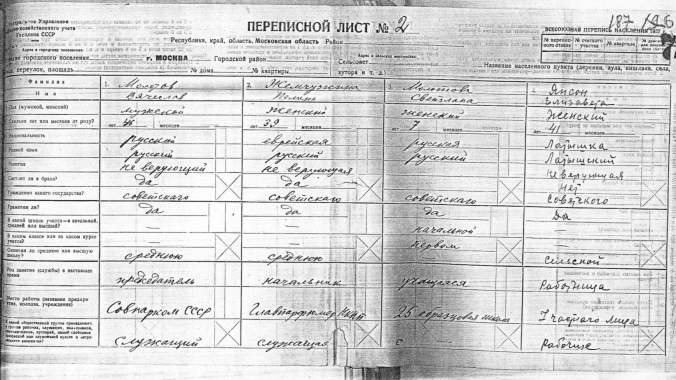***Please open this while reading: The World’s Favorite Song.
Stagflation no more?…Much to the West’s discontent, the 1980 Summer Olympics was selected for Moscow, in 1974; in the middle of the strategic parity with the US. Russia, emerging as a superpower getting global attention, infringing on US supremacy in news, image, and knowledge. And now, America has to counter free publicity and advertisement of the evil communist foe.Now, there could be a chance of the Soviet rise OVER the US, something unimaginable to our egos and power positioning.
This announcement also bolstered the Soviet communist state, for both internal modernization, improvement of infrastructure, and overall a moral boost to the country which was unknowingly slowly crumbling. It was cited in a poll that “92% of the respondents offered the opinion that the 1980 Olympics will to one extent or another help turn Moscow into a model communist city.” This news was disgruntling for the US.
“A frenzy of construction, typical of host cities, resulted in not only new stadiums, training facilities, and hotels, but a new airport at Sheremet’evo. The city itself was spruced up. Roads were newly paved, trees were planted, debris was cleared, and wall murals and flags, many displaying “Misha,” the cuddly bear who was the mascot of these Olympics, festooned the boulevards. Jobs for translators, guides, and guards were highly sought after, and already in October 1978, the Soviet media was authorized to crank out publicity about the games to counteract negative propaganda from the West.”
So how did the US respond to all of the wonderful progress in the USSR? They clapped back with a boycott. Here is an excerpt from the January 20, 1980 letter by President Jimmy Carter to the president of the United States Olympic committee Robert Kane:
“I regard the Soviet invasion and the attempted suppression of Afghanistan as a serious violation of international law and an extremely serious threat to world peace. This invasion also endangers neighboring independent countries and access to a major part of the world’s oil supplies. It therefore threatens our own national security, as well as the security of the region and the entire world.
We must make clear to the Soviet Union that it cannot trample upon an independent nation and at the same time do business as usual with the rest of the world. We must make clear that they will pay a heavy economic and political cost for such aggressions. That is why I have taken the severe economic measures announced on January 4,2 and why other free nations are supporting these measures. That is why the United Nations General Assembly,3 by an overwhelming vote of 103 to 18, condemned the invasion and urged the prompt withdrawal of Soviet troops.”

This image shows: “A female character labeled “Cold War” accepts a flaming relay torch with burning letters reading “Boycott Olympics” passed by a figure representing the United States. Underneath is the caption, ‘the boycott has one goal: to kindle the Cold War,’ a quote from the famous Soviet author Sergey Mikhalkov.”
All of this literature points to two central themes: distrust and increasing animosity, that further pushed tensions to a breaking point between the US and USSR. They can be seen as two countries, both with power, and technological advances playing ring around the rosy. After events such as the Bay of Pigs, nuclear détente was used, however, how long could two “world leaders” continue to spat at each other until the tension is too much. This is not a unique theme, is can be seen today with our increasing tensions (for all the wrong reasons) with North Korea. History and politics have a funny way of repeating themselves, and we do a wonderful job to never fully learn our lessons. Hey, but it helps to be the huge winner, right?

This post was selected for “Comrades Corner” by the Editorial Team!






 This post received a “Red Star” from the Editorial Team.
This post received a “Red Star” from the Editorial Team.

 “The Kasli Iron Works plant, founded in
“The Kasli Iron Works plant, founded in